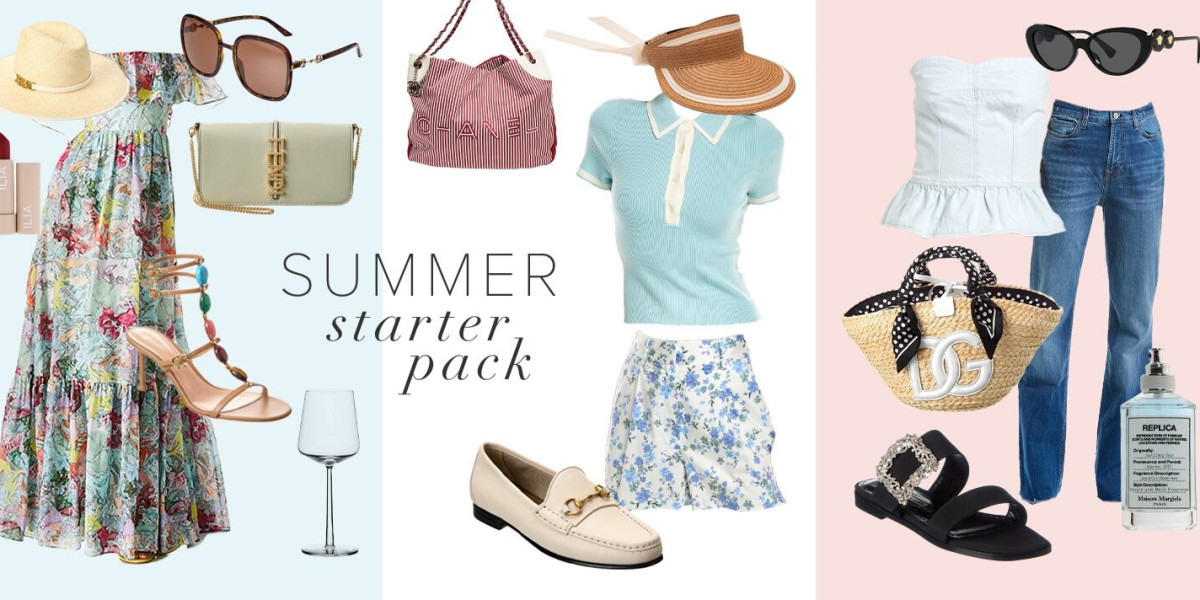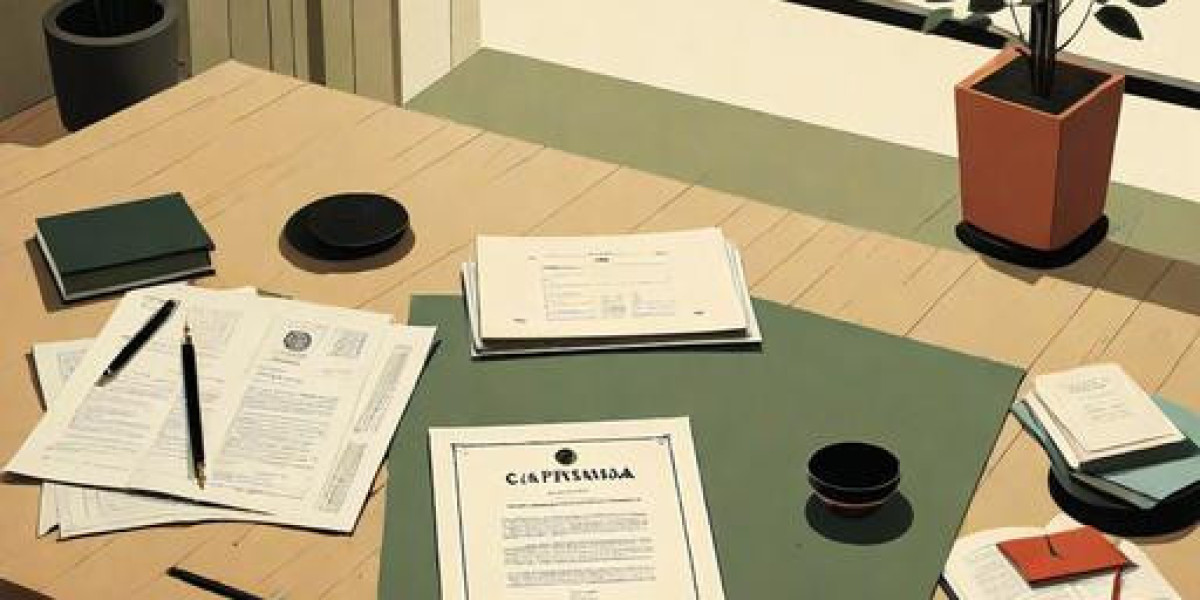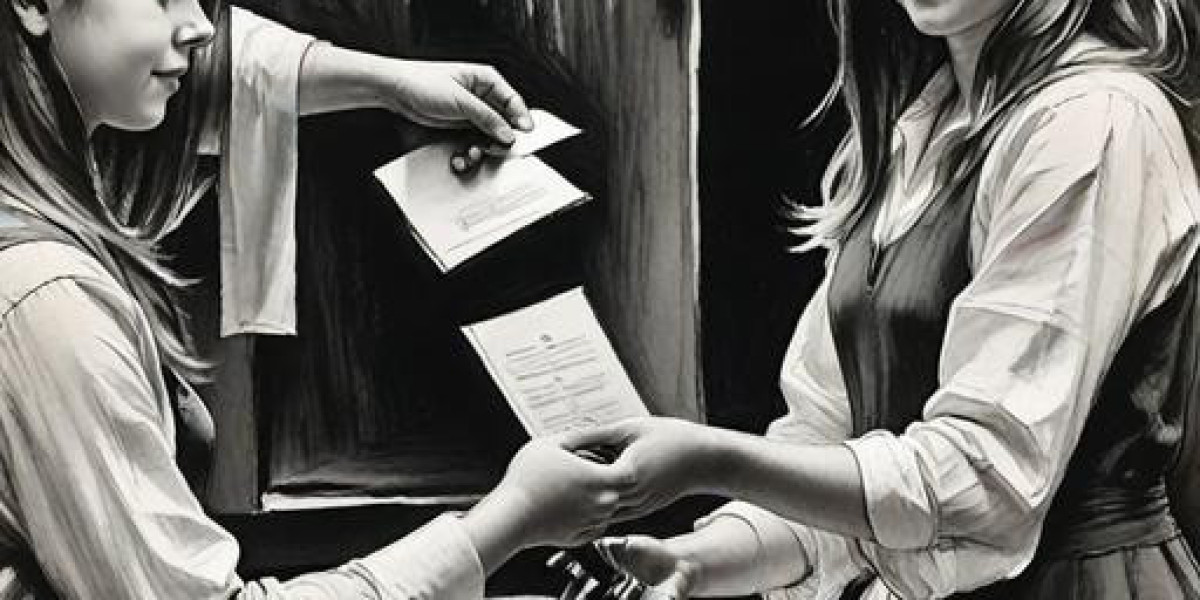Whether you use a fireplace for aesthetics or warmth, the best surround will give your living room personality. It can be difficult to pick the right fireplace surround that is safe and in line with the code.
Fortunately, these custom built surrounds are made of non-combustible materials and adhere to the National Fire Code. They look fantastic in any home style.
Simple Concrete Surround with Slabs of Marble
A fireplace surround can be a focal point in an area and it can add warmth and charm. It is made of various materials and crafted to match different styles of design. It's important to consider the style of the room as well as the budget before choosing a fireplace surround design.
Marble fireplace surrounds are an elegant option that can be paired with a wide range of design styles. They can be combined with rustic woods or modern metals to create a unique and contemporary design. Marble is easy to maintain, and can withstand high temperature, making it a great option for a border.
Stone is a classic fireplace surround material that has a timeless look and is suitable for many homes. It can be carved and cut to give it a more contemporary appearance or left unfinished for a more traditional appearance. Stacked stone veneers can also be used to add depth and texture to the interior of a room.
Granite is a very popular choice for modern surrounds around fireplaces. It's tough and able to withstand heat well. It comes in a variety of patterns and colors making it possible to create a variety of designs. Quartzite is another durable option that can be shaped and made into a modern fireplace surround.
If you're a handyman, the installation of a concrete fireplace surround could be within your capabilities. Although it may seem difficult however, it could be simpler than you think if you prepare and work with a professional to ensure that the structure is sturdy enough.
A professional is also recommended when making a fireplace surround made of marble because it requires a lot of attention to avoid damage. A skilled carpenter can help you avoid costly mistakes.
If you intend to use tile as an interior fireplace surround, be sure it's rated for high temperatures. This information is usually located on the packaging or you can ask an employee in the home improvement store.
Leaning Frame Surround
The fireplace surround is an essential design element that can transform the entire space. It's not just visually pleasing but it also serves a functional purpose. It shields the wall that surrounds the fire place from damage and also reflects heat back into the area. It's available in a variety of materials and can be customized to suit any style or design.
The right material is essential for achieving a well-planned aesthetic. Concrete is a great choice due to its durability, nonflammable and has lots of visual appeal due to its natural texture and color. It is typically poured in a mold to allow you to choose the option of creating unique shapes.
Layers are essential when designing your leaning frames. This helps the piece look curated and intentional rather than being thrown randomly on the shelf or wall. Leaning frames can be risky and should be avoided if you plan to display heavier objects, such as vases or lamps, place a small piece of rubber drawer liner underneath the base to prevent them from sliding or damaging surfaces.
 If you're using a marble or concrete surround, consider adding an oak board at the bottom to hold it in place. It will also help in reducing the weight of the piece and prevent it from moving while you sip a refreshing glass of wine or a cup of coffee on your mantel.
If you're using a marble or concrete surround, consider adding an oak board at the bottom to hold it in place. It will also help in reducing the weight of the piece and prevent it from moving while you sip a refreshing glass of wine or a cup of coffee on your mantel.Once you've chosen the material you'll use for your frame's leaning frame and frame, you can begin making the actual piece. First, mark the new wall with the dimensions of the surround and then use a saw to cut cleats along each of these points. Make sure that the cleat on top is at least 1 foot longer than the shelf.
Next, screw the brackets onto the wall. Make sure that the bolts pass through the backer board, and into the nail. The pre-drilling of the screw holes is necessary if needed. Then put the mantel in a clamp that is temporarily on the backer board. Screw the mantel with bolts for lag (2-4 bolts per stud). Make sure the bolts are long and strong enough to cover the thickness of the backerboard plus 2/3 of the mantel's depth.
Black Firebox Surround
Fireplace surrounds serve both a decorative and functional purpose. They protect walls from damage from heat and also reflect heat back into the room, and can make a fireplace an eye-catching feature in a space. The most popular materials for fireplace surrounds include wood and metal. Metal surrounds can be required by the building code in order to guard against nearby combustible substances or they can improve the appearance of a fireplace.
The fireplace in this modern living area has the black firebox surround, with white marble accents. The marble is more expensive and requires more care than wood, however it is a striking design aspect to the room. The black finish also joins with the dark tones of the wood flooring and furniture for an attractive appearance.
While you might think of concrete as sidewalks or driveways, it is actually a very versatile and attractive material for fireplace surrounds. It can be formed into a variety of shapes and then poured in place, allowing for virtually unlimited design possibilities. The concrete surround was formed to a curved profile. It creates an elegant and contemporary look that contrasts the darker shades of the brick wall and wood flooring.
Another popular material for fireplace surrounds is wooden, which is available in a wide range of textures and colors that fit into any decor. Wooden surrounds can be finished in any color to fit your hearth pad. They are lighter and cheaper than the masonry surrounds. Most wooden surrounds can be used to accommodate decoration for your mantel including lamps and vases.
Some wood surrounds include faceplates that cover the top of the mantel and houses doors for fireplaces. This plate can be affixed with decorative hinges or fasteners that can mimic the appearance of the look of wrought iron.
 When choosing a wood mantel or a fireplace surround made of metal, it is important to think about the height of your chimney. Building codes specify minimum clearance distances to prevent the spread of a fire into the home. The distance will vary based on what kind of fireplace you own and also from state state or country country.
When choosing a wood mantel or a fireplace surround made of metal, it is important to think about the height of your chimney. Building codes specify minimum clearance distances to prevent the spread of a fire into the home. The distance will vary based on what kind of fireplace you own and also from state state or country country.Simple Wood Surround
If you want your fireplace to have a classic wood look, there are different kinds of surrounds that you can purchase. Certain surrounds are constructed of solid oak, while others incorporate stone legs with pine or oak mantels. You can also pick from pine or oak fire surrounds, which are designed to be a low-cost and easy choice.
Many people choose to purchase pre-made wood fireplace surrounds because it is an economical way to achieve the look they want without hiring carpenters. Some of the premade surrounds made of pine are available in a variety of finishes and colors, allowing you to make them fit with your existing decor.
Another popular type of wood fire surround is one that is hand-crafted using a top quality oak. It can be stained with an oak-like light color or left untreated to ensure that the natural golden brown of wood shows through. This fireplace surround is suitable for wood or gas fires. It comes in two different styles: flat or arched.
For those of you who have a bit more experience in DIY home improvement projects, there are plenty of tutorials available online to help you to make your own wooden fire surround. This comprehensive step-bystep guide from H2O Bungalow will show you how to make an attractive wood surround with pine.
The tutorial explains how to build the horizontal portion of the fireplace surround first, then how to construct the vertical pilasters or columns that support the mantel. When the columns or pilasters are finished then you can place your mantel. The tutorial will show how to install the crown molding, which will fill in any gaps between the wall's cladding and the wall that surrounds it.
Since a wooden fireplace surround is made from combustible material, it is important to adhere to your local fire code and keep it 6 inches away from the edge of the chimney opening. Use a non-flammable glue to attach the decorative molding to the surround, and ensure that it remains in the proper position.






